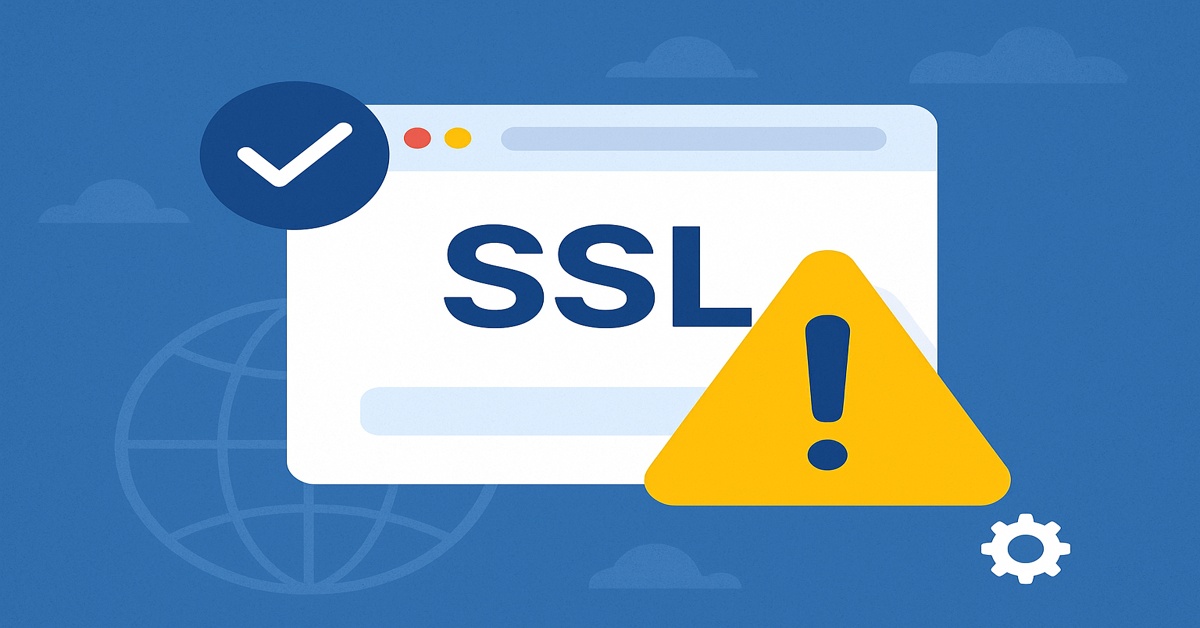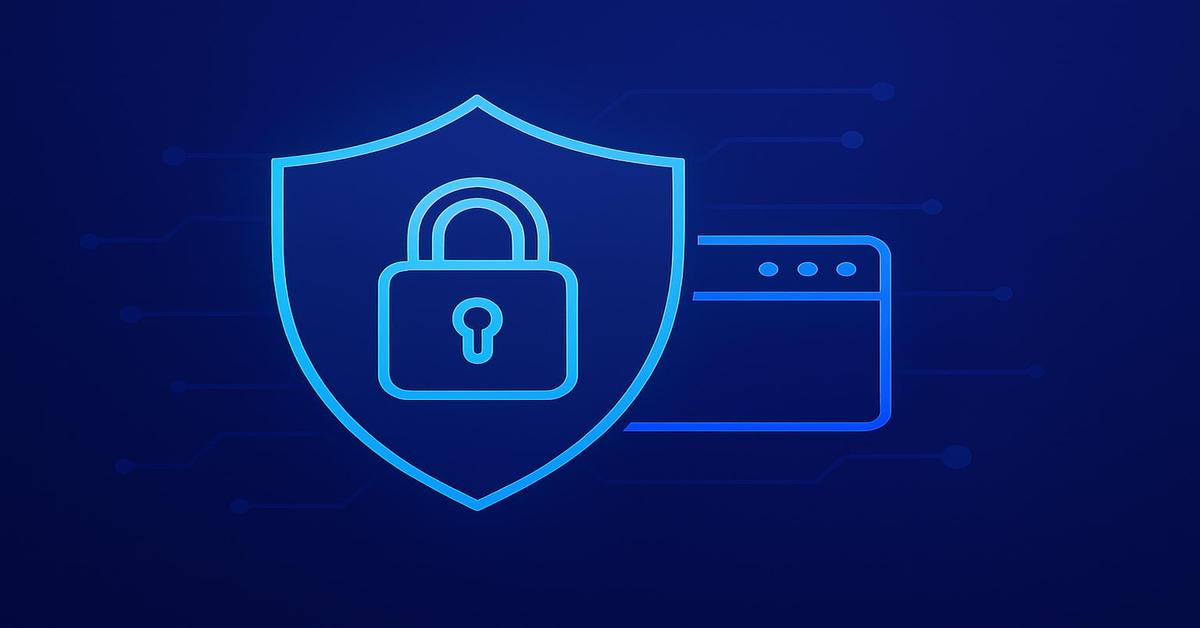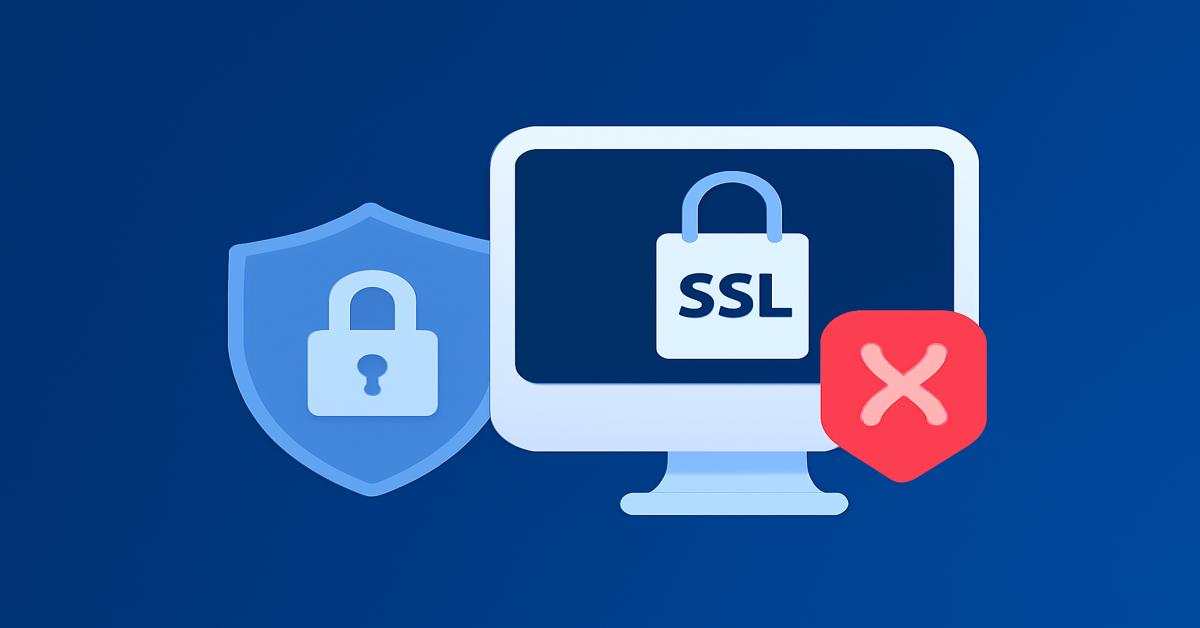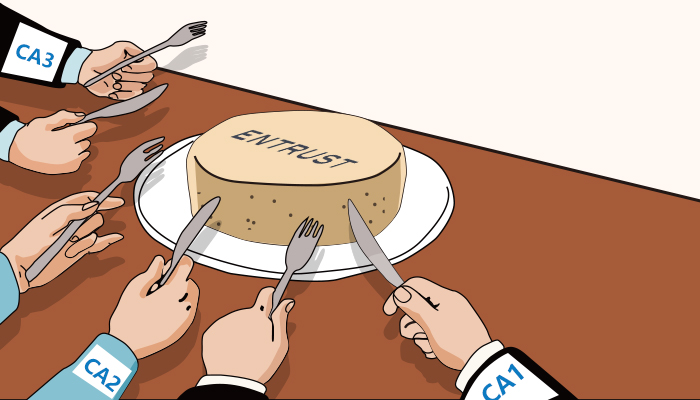In today’s digital-first world, trust is the foundation of secure communication — and SSL/TLS certificates are the essential tools for building that trust. Whether you’re securing websites, authenticating devices, or encrypting data, these certificates form the backbone of modern cybersecurity.
However, as organizations expand and digital systems multiply, managing certificates effectively becomes both complex and resource-intensive. In fact, 90% of enterprises admit to experiencing outages caused by expired certificates (Ponemon Institute, 2023).
This is where Certificate Lifecycle Management (CLM) comes in. CLM refers to the end-to-end process of managing digital certificates — from request and issuance to monitoring, renewal, and revocation. By automating and centralizing this process, businesses can prevent costly outages, reduce security risks, and improve operational efficiency.
In this article, we’ll cover the fundamentals of SSL/TLS certificates, explain why CLM is critical in 2025, break down the 11 key lifecycle stages, and show how sslTrus CLM combines automation with simplicity to transform certificate management.
Understanding SSL/TLS Certificates
SSL/TLS certificates are digital credentials that secure communication between clients and servers. They provide:
- Encryption – Scrambles data during transmission to prevent interception.
- Authentication – Confirms the identity of websites or devices (e.g., ensuring you connect to yourbank.com, not a spoofed site).
- Data Integrity – Ensures transmitted data remains unaltered.
These certificates are issued by trusted Certificate Authorities (CAs), which verify the applicant’s identity before signing and issuing the certificate. Once deployed, they enable secure HTTPS connections and display the familiar padlock icon in browsers — a visible signal of trust.
What Is Certificate Lifecycle Management (CLM)?
CLM is the structured process of overseeing every stage of a certificate’s life. It starts with a request and continues through issuance, deployment, monitoring, renewal, and eventual revocation.
Without proper CLM, businesses face a range of risks — from outages and security breaches to compliance failures. For example, in 2022, a Fortune 500 company suffered a $3.6M loss when an expired certificate brought its e-commerce site down for 12 hours.
Why Modern Businesses Need CLM
- Avoid Outages – Certificates are now valid for a maximum of 398 days, and major vendors like Apple and Google are pushing for lifespans as short as 47 days. Manual tracking simply can’t keep up.
- Reduce Security Gaps – Expired or misconfigured certificates create openings for man-in-the-middle attacks and other exploits.
- Scale Efficiently – Enterprises often manage hundreds or thousands of certificates across hybrid clouds, IoT devices, and APIs — far beyond the scope of spreadsheets.
The 11 Stages of Certificate Lifecycle Management
- Request – Generate and submit a Certificate Signing Request (CSR) with domain, public key, and organization details.
- Validation – The CA verifies the applicant’s identity (via domain checks, business verification, etc.).
- Issuance – The CA signs and issues the certificate, confirming authenticity.
- Deployment – Install and configure the certificate on servers, apps, or devices.
- Discovery – Scan networks to locate all active certificates and their configurations.
- Inventory – Centralize certificate records, grouped by usage, department, or expiry date.
- Monitoring – Continuously track certificate health, expiration, and potential misconfigurations.
- Compliance Assessment – Ensure all certificates meet regulatory and security requirements (e.g., strong key lengths, TLS 1.3).
- Renewal – Automate renewal to keep certificates up to date without human error.
- Revocation – Invalidate compromised or unused certificates quickly to prevent misuse.
- Auditing – Maintain detailed logs of all certificate actions for compliance and accountability.
How sslTrus CLM Elevates CLM
sslTrus CLM is designed to make certificate management secure, automated, and stress-free:
| Feature | Impact |
|---|---|
| End-to-End Automation | Handles issuance, renewal, deployment, and revocation automatically. |
| Real-Time Monitoring | Alerts for expiring certificates or weak encryption (e.g., SHA-1). |
| Compliance Guardrails | Enforces policies such as TLS 1.3-only and 2048-bit+ keys. |
| Role-Based Access Control | Limits certificate actions to authorized personnel only. |
Simplify Your Certificate Management
In a world where a single expired certificate can cost millions in downtime, CLM is no longer optional — it’s essential. sslTrus CLM centralizes and automates every stage, helping organizations prevent outages, maintain compliance, and strengthen digital trust.
Automation doesn’t just save time — it safeguards your reputation and revenue.







